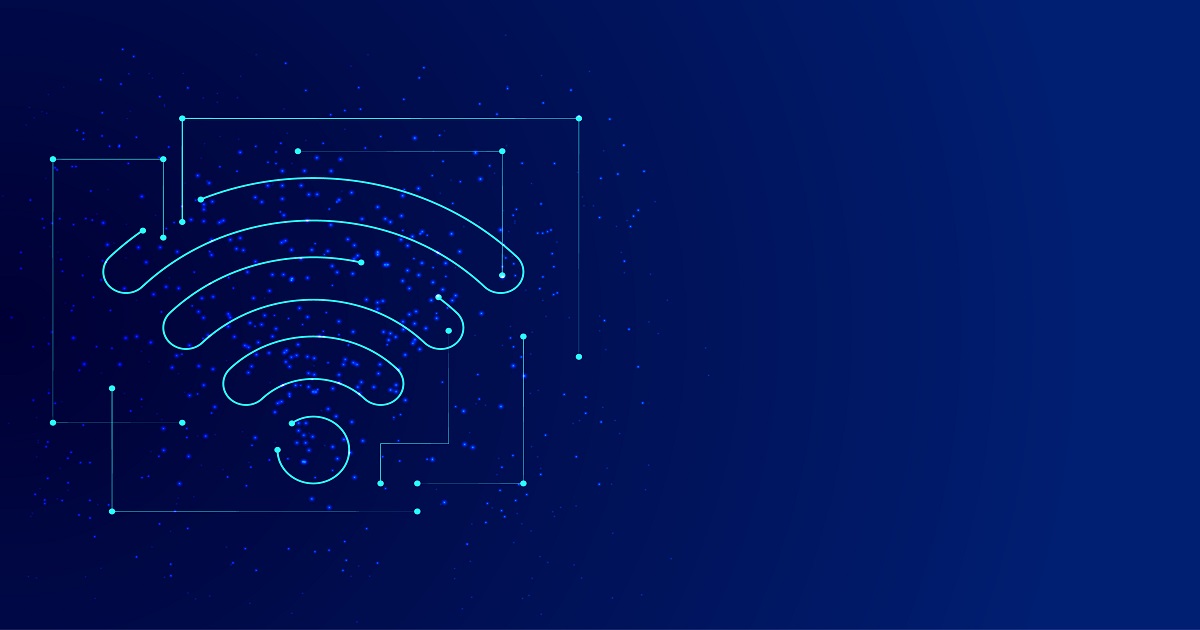Related Articles
ICYMI: Your 'IoT TGIF' News Review for the Start of May
We've compiled several Internet of Things (IoT) stories that will benefit readers interested in satellite IoT connectivity innovation, IoT cybersecuri…
Read MoreExtending the Reach of Wi-Fi HaLow: Morse Micro Expands Global Presence, Establishes New Branch Office in Taiwan
Renowned Wi-Fi HaLow silicon vendor Morse Micro yesterday announced the opening of its new Taiwan branch in Taipei, demonstrating the company's commit…
Read MoreTo Accelerate IoT Growth Strategies, Digi International Adds Tony Puopolo to its Leadership Roster
After 13 years at Cradlepoint, Tony Puopolo was appointed to Digi International's Digi Managed Solutions division in a senior vice president, general …
Read MoreSmarter IoT Device Security: Updates on the US Cyber Trust Mark
The FCC officially voted to create the U.S. Cyber Trust Mark program for internet-connected devices.
Read MoreDigi International's Connect Sensor XRT-M Resolves Key Industry Challenges
IoT company Digi International recently announced the launch of the Digi Connect Sensor XRT-M, powered by Digi Axess.
Read More




